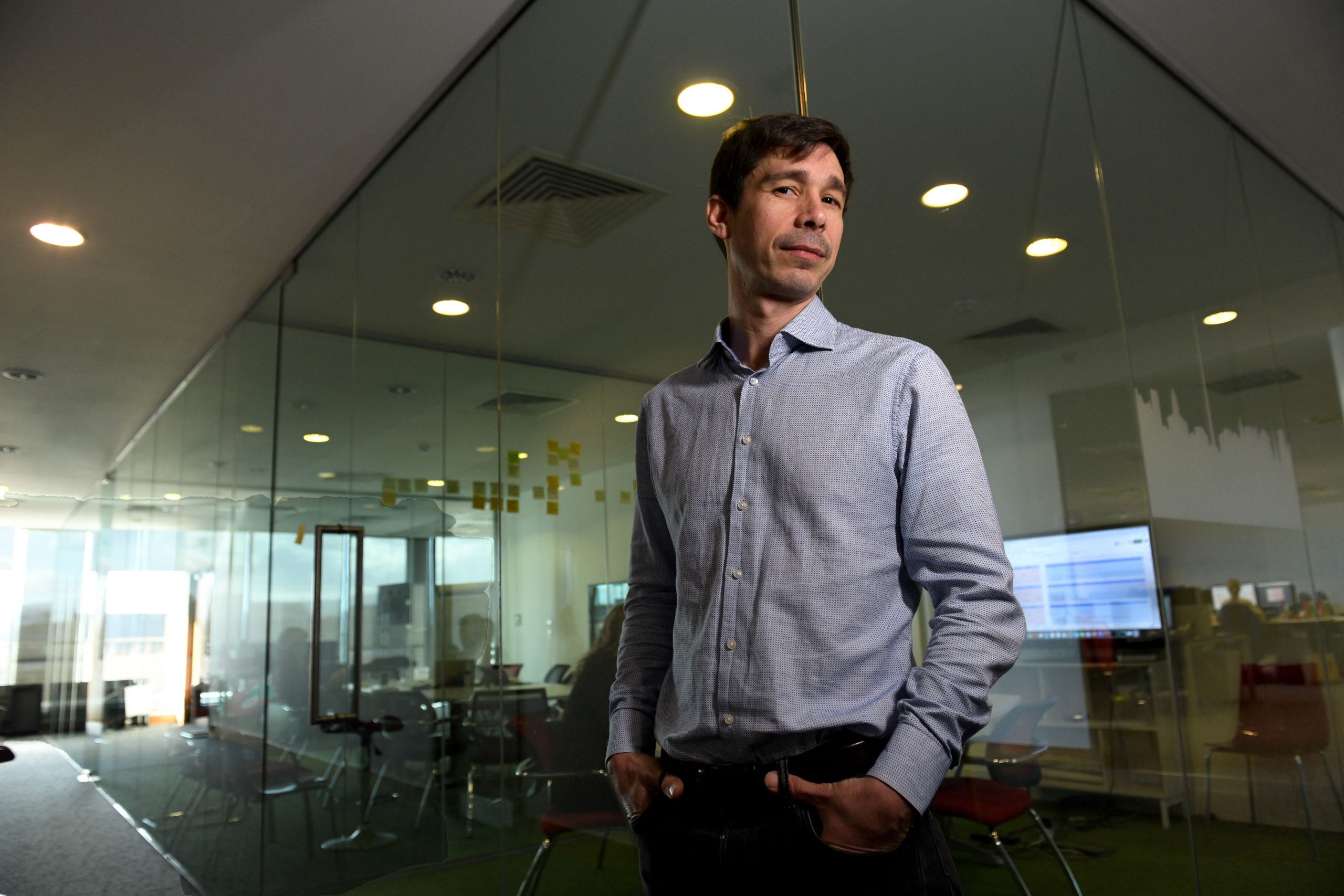Born and raised in Buenos Aires, Adrian Acosta moved to Ireland in his mid-twenties. After working on a project with the entrepreneur Brian Fallon, he agreed to help launch Journal Media. Ten years on, The Journal has become a mainstay of the Irish media landscape and has a string of sub brands such as the42 , Noteworthy and Fora. In this in-depth interview, Adrian Acosta spoke about: Working with the Fallon brothers to create Journal Media Group.Creating a new area to access news, sport and entertainment for free and the challeneges that brought with itThe difficult business of online advertising…
Cancel at any time. Are you already a member? Log in here.
Want to read the full story?
Unlock this article – and everything else on The Currency – with an annual membership and receive a free Samsonite Upscape suitcase, retailing at €235, delivered to your door.

